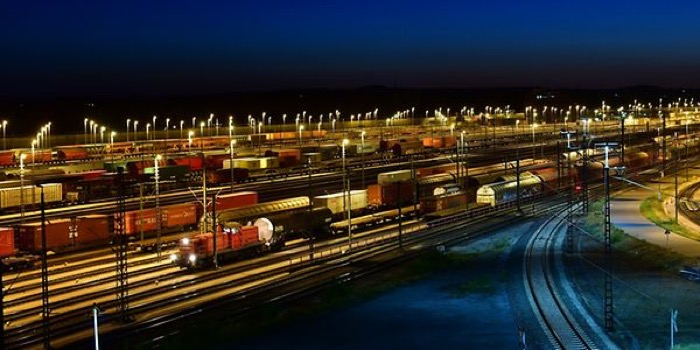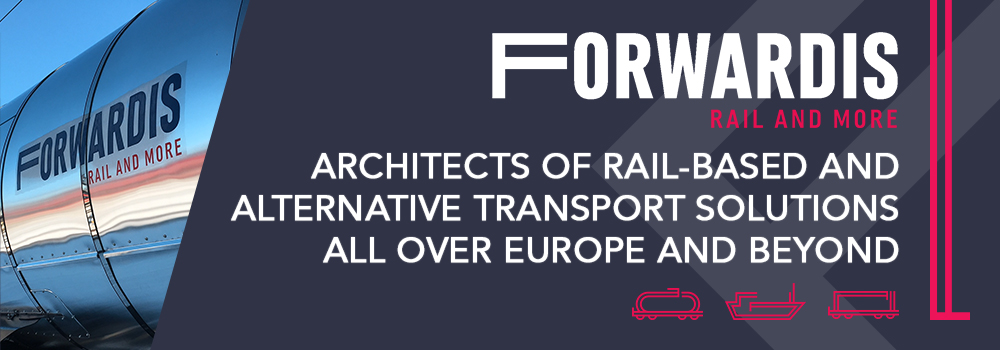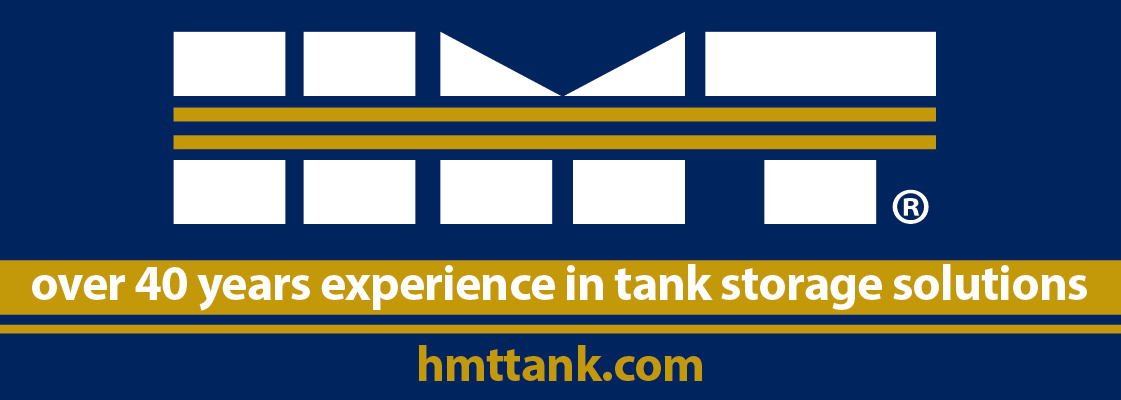Strong investments for Strong Rail at DB Cargo
If Germany is to reach its climate targets, a massive amount of traffic, especially freight traffic, must be shifted onto the rails in the coming decade. For the climate. For the people. For the economy. And not least for Europe. DB’s Strong Rail strategy has now set the signals for growth.
Compared to trucks, rail produces 80 per cent less emissions, making it the most climate-friendly option for the growing freight transport sector. If freight transport emissions are to be cut — as they must be to meet climate targets — the only way to do it is to move the goods being transported onto the rails. A great deal is being invested to make the rail network the backbone of the mobility revolution.

Deutsche Bahn is in the middle of the largest modernisation programme in the company’s 180 year history. The decision by the German government’s climate cabinet gave yet another tremendous boost to Strong Rail. In the next ten years, DB will receive a total of EUR 156 billion to maintain, expand and digitalise the rail infrastructure. That is integral to DB Cargo’s objectives, since DB is also banking on growth in rail transport for its Strong Rail strategy to succeed.
The goal has been set. Specifically, the objective is to increase rail freight transport’s market share to 25 per cent from the current 18 per cent, in a growing market. DB Cargo is doing much to make sure it reaches the goal. For example, the company initiated and successfully promoted a comprehensive programme to procure new multi-system electric locomotives. In early October, Siemens delivered the 100th Vectron locomotive to DB.
Using multi-system locomotives enables rail freight transport across borders without needing to switch locomotives, which takes a lot of time. That improves the quality of transport and also strengthens the rail system’s hand overall as it vies with road transport. DB Cargo also aims to beef up its staff and add additional freight wagons in a bid to boost capacity, reliability and effectiveness. Furthermore, it intends to improve transport volume by increasing the frequency of service.
Efforts to harmonise processes and regulations at EU level and reduce interfaces at national borders are expected to bring further progress and improve operational punctuality. Automation and digitalisation of processes such as train formation or route operation will make transport more efficient. As early as the end of 2020, all freight wagons will be equipped with smart sensor systems. Even now, customers receive successive data and can gain digital access with link2rail, which can be used for booking and tracking, for instance. This means that at DB Cargo, it’s full steam ahead to Strong Rail.
For more information visit www.dbcargo.com
4th November 2019














